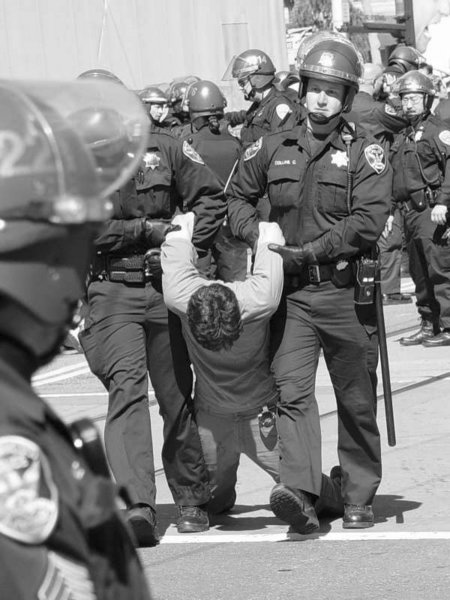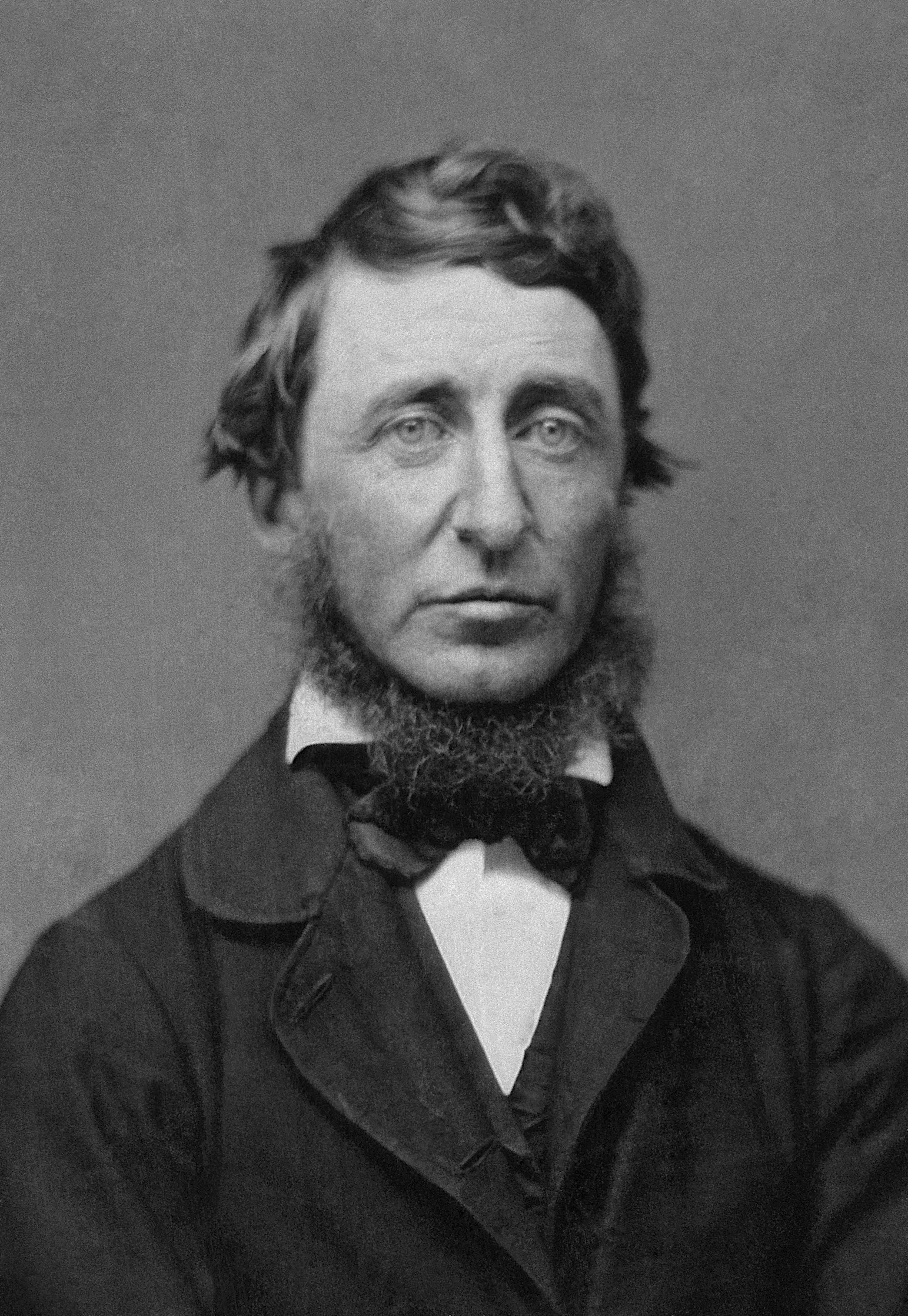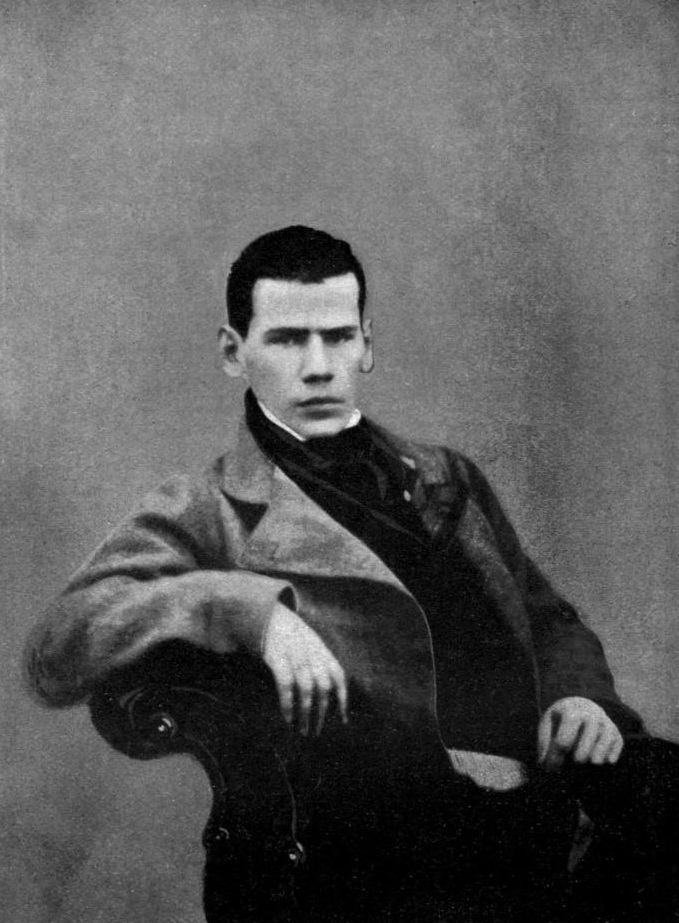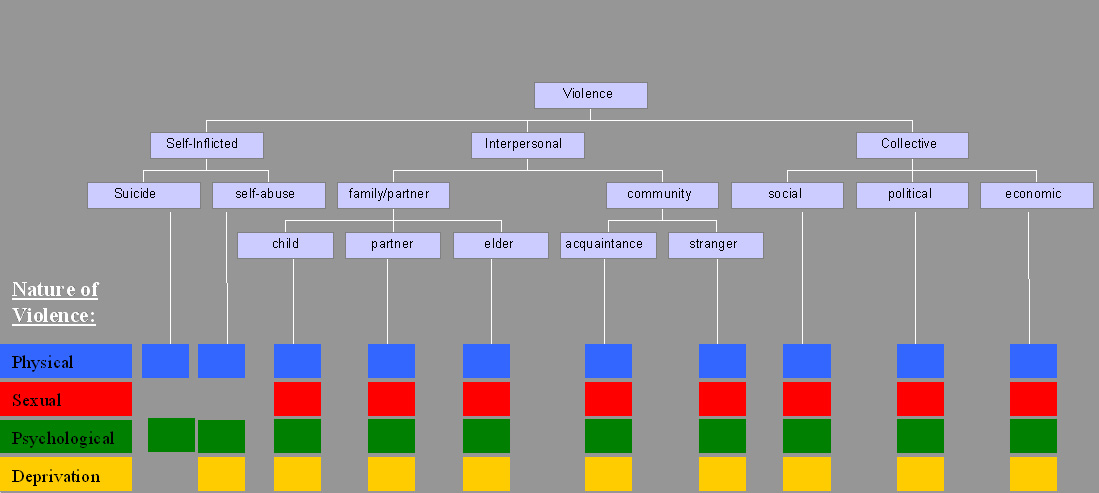|
Pacifism
Pacifism is the opposition to war or violence. The word ''pacifism'' was coined by the French peace campaigner Émile Arnaud and adopted by other peace activists at the tenth Universal Peace Congress in Glasgow in 1901. A related term is ''ahimsa'' (to do no harm), which is a core philosophy in Hinduism, Buddhism, and Jainism. While modern connotations are recent, having been explicated since the 19th century, ancient references abound. In modern times, interest was revived by Leo Tolstoy in his late works, particularly in '' The Kingdom of God Is Within You''. Mahatma Gandhi propounded the practice of steadfast nonviolent opposition which he called " satyagraha", instrumental in its role in the Indian independence movement. Its effectiveness served as inspiration to Martin Luther King Jr., James Lawson, Mary and Charles Beard, James Bevel, Thích Nhất Hạnh,"Searching for the Enemy of Man", in Nhat Nanh, Ho Huu Tuong, Tam Ich, Bui Giang, Pham Cong Thien. ''Dialog ... [...More Info...] [...Related Items...] OR: [Wikipedia] [Google] [Baidu] |
Peter Brock (historian)
Peter Brock (1920–2006) was an English-born Canadian historian who specialized in the history of pacifism and Eastern Europe. Life Peter Brock was born in 1920 on Guernsey, Channel Islands. Although he came from a military family, he rejected this tradition. While studying at Exeter College, Oxford, he came under the influence of pacifist ideas, particularly those of Bart de Ligt.Harvey Dyck and Andrew Rossos. "Peter Brock (1920-2006)", ''Canadian Slavonic Papers'', Vol. 49, No. 1/2 (March–June 2007), pp. 1-4 During the Second World War, he declared as a conscientious objector and was briefly imprisoned. He spent the rest of the war on alternative service, including working in a hospital. After the war, Brock worked with a Quaker relief mission to Germany and Poland, sparking his interest in Eastern Europe. After the mission ended, Brock took graduate study at Jagiellonian University, receiving a doctorate in history in 1950. Brock later emigrated to Canada and settled ther ... [...More Info...] [...Related Items...] OR: [Wikipedia] [Google] [Baidu] |
Anarcho-pacifism
Anarcho-pacifism, also referred to as anarchist pacifism and pacifist anarchism, is an anarchist school of thought that advocates for the use of peaceful, non-violent forms of resistance in the struggle for social change. Anarcho-pacifism rejects the principle of violence which is seen as a form of power and therefore as contradictory to key anarchist ideals such as the rejection of hierarchy and dominance. Many anarcho-pacifists are also Christian anarchists, who reject war and the use of violence. Anarcho-pacifists reject the use of violence, but accept non-violent revolutionary action against capitalism and the state with the purpose of establishing a peaceful voluntarist society. The main early influences were the philosophies of Henry David Thoreau and Leo Tolstoy while later the ideas of Mahatma Gandhi gained significance. Anarcho-pacifist movements primarily emerged in the Netherlands, Russia, the United Kingdom and the United States before and during World War II. His ... [...More Info...] [...Related Items...] OR: [Wikipedia] [Google] [Baidu] |
Martin Luther King Jr
Martin Luther King Jr. (born Michael King Jr.; January 15, 1929 – April 4, 1968) was an American Baptist minister, civil and political rights, civil rights activist and political philosopher who was a leader of the civil rights movement from 1955 until Assassination of Martin Luther King Jr., his assassination in 1968. He advanced civil rights for people of color in the United States through the use of nonviolent resistance and nonviolent civil disobedience against Jim Crow laws and other forms of legalized discrimination in the United States, discrimination. A Black church leader, King participated in and led marches for the right to vote, Desegregation in the United States, desegregation, labor rights, and other civil rights. He oversaw the 1955 Montgomery bus boycott and became the first president of the Southern Christian Leadership Conference (SCLC). As president of the SCLC, he led the unsuccessful Albany Movement in Albany, Georgia, and helped organize nonviol ... [...More Info...] [...Related Items...] OR: [Wikipedia] [Google] [Baidu] |
Nonviolent Resistance
Nonviolent resistance, or nonviolent action, sometimes called civil resistance, is the practice of achieving goals such as social change through symbolic protests, civil disobedience, economic or political noncooperation, satyagraha, constructive program, or other methods, while refraining from violence and the threat of violence. This type of action highlights the desires of an individual or group that feels that something needs to change to improve the current condition of the resisting person or group. Mahatma Gandhi is the most popular figure related to this type of protest; United Nations celebrates Gandhi's birthday, October 2, as the International Day of Non-Violence. Other prominent advocates include Abdul Ghaffar Khan, Henry David Thoreau, Etienne de la Boétie, Charles Stewart Parnell, Te Whiti o Rongomai, Tohu Kākahi, Leo Tolstoy, Alice Paul, Martin Luther King Jr., Daniel Berrigan, Philip Berrigan, James Bevel, Václav Havel, Andrei Sakharov, Lech Wałę ... [...More Info...] [...Related Items...] OR: [Wikipedia] [Google] [Baidu] |
Ahimsa
(, IAST: , ) is the ancient Indian principle of nonviolence which applies to actions towards all living beings. It is a key virtue in Indian religions like Jainism, Buddhism and Hinduism. (also spelled Ahinsa) is one of the cardinal virtues of Jainism, where it is the first of the Jain Ethics, Pancha Mahavrata. It is also one of the central precepts of Hinduism and is the first of the five precepts of Buddhism. is inspired by the premise that all living beings have the spark of the divine spiritual energy; therefore, to hurt another being is to hurt oneself. is also related to the notion that all acts of violence have Karma, karmic consequences. While ancient scholars of Brahmanism had already investigated and refined the principles of , the concept reached an extraordinary development in the ethical philosophy of Jainism. Mahavira, the twenty-fourth and the last of Jainism, further strengthened the idea in . About , Valluvar emphasized and Ethics of eating meat, m ... [...More Info...] [...Related Items...] OR: [Wikipedia] [Google] [Baidu] |
Leo Tolstoy
Count Lev Nikolayevich Tolstoy Tolstoy pronounced his first name as , which corresponds to the romanization ''Lyov''. () (; ,Throughout Tolstoy's whole life, his name was written as using Reforms of Russian orthography#The post-revolution reform, pre-reform Russian orthography. ; ), usually referred to in English as Leo Tolstoy, was a Russian writer. He is regarded as one of the greatest and most influential authors of all time. Born to an aristocratic family, Tolstoy achieved acclaim in his twenties with his semi-autobiographical trilogy, ''Childhood (Tolstoy novel), Childhood'', ''Boyhood (novel), Boyhood'' and ''Youth (Tolstoy novel), Youth'' (1852–1856), and with ''Sevastopol Sketches'' (1855), based on his experiences in the Crimean War. His ''War and Peace'' (1869), ''Anna Karenina'' (1878), and ''Resurrection (Tolstoy novel), Resurrection'' (1899), which is based on his youthful sins, are often cited as pinnacles of Literary realism, realist fiction and three of th ... [...More Info...] [...Related Items...] OR: [Wikipedia] [Google] [Baidu] |
Violence
Violence is characterized as the use of physical force by humans to cause harm to other living beings, or property, such as pain, injury, disablement, death, damage and destruction. The World Health Organization (WHO) defines violence as "the intentional use of physical force or power, threatened or actual, against oneself, another person, or against a group or community, which either results in or has a high likelihood of resulting in injury, death, psychological harm, maldevelopment, or deprivation"; it recognizes the need to include violence not resulting in injury or death. Categories The World Health Organization (WHO) divides violence into three broad categories: self-directed, interpersonal, and collective. This categorization differentiates between violence inflicted to and by oneself, by another individual or a small group, and by larger groups such as states. Alternatively, violence can primarily be classified as either instrumental or hostile. Self-in ... [...More Info...] [...Related Items...] OR: [Wikipedia] [Google] [Baidu] |
Émile Arnaud
Émile Arnaud (1864–1921) was a French lawyer, notary, and writer noted for his anti-war rhetoric and for coining the term "pacifism". Arnaud was born in 1864 in La Chapelle-de-Surieu, France. Arnaud founded the "Ligue Internationale de la Paix et de la Liberté" (International League for Peace and Freedom) in 1861 and was elected its first president. In 1901 he codified his beliefs into a treatise entitled the '' Code de la Paix'', outlining and defining the goals, political positions and methodology of the Peace movement in general. He described this new political movement as "pacifism", setting it up as a counterbalance to the belligerence of emerging political ideologies such as socialism and anarchism. He advocated humanism, charity and tolerance, non-violent conflict resolution and reaching mutually beneficial political solutions through establishing consensus. Emile was a speaker at the second Universal Peace Conference which was preceded by a service at St Paul's Cath ... [...More Info...] [...Related Items...] OR: [Wikipedia] [Google] [Baidu] |
Satyagraha
Satyāgraha (from ; ''satya'': "truth", ''āgraha'': "insistence" or "holding firmly to"), or "holding firmly to truth",' or "truth force", is a particular form of nonviolent resistance or civil resistance. Someone who practises satyagraha is a satyagrahi. The term ''satyagraha'' was coined and developed by Mahatma Gandhi (1869–1948) as early as 1919. Gandhi practised satyagraha as part of the Indian independence movement and also during his earlier struggles in South Africa for Indian rights. Satyagraha theory influenced Martin Luther King Jr.'s and James Bevel's campaigns during the Civil Rights Movement in the United States, as well as Nelson Mandela's struggle against apartheid in South Africa and many other social-justice and similar movements. Principles Gandhi envisioned ''satyagraha'' as not only a tactic to be used in acute political struggle but as a universal solvent for injustice and harm. He founded the Sabarmati Ashram to teach ''satyagraha''. He ask ... [...More Info...] [...Related Items...] OR: [Wikipedia] [Google] [Baidu] |
James Bevel
James Luther Bevel (October 19, 1936 – December 19, 2008) was an American minister and a leader and major strategist of the 1960s Civil Rights Movement. As a member of the Southern Christian Leadership Conference (SCLC), and then as its director of direct action and nonviolent education, Bevel initiated, strategized, and developed SCLC's three major successes of the era: the 1963 Birmingham Children's Crusade, the 1965 Selma voting rights movement, and the 1966 Chicago open housing movement.Kryn in Garrow, 1989. He suggested that SCLC call for and join a March on Washington in 1963Kryn in Garrow, 1989, p. 533. and strategized the 1965 Selma to Montgomery marches which contributed to Congressional passage of the 1965 Voting Rights Act. Prior to his time with SCLC, Bevel worked in the Nashville Student Movement, which conducted the 1960 Nashville Lunch-Counter Sit-Ins, the 1961 Open Theater Movement, and recruited students to continue the 1961 Freedom Rides after they were ... [...More Info...] [...Related Items...] OR: [Wikipedia] [Google] [Baidu] |
Jenny Teichman
Jenny Teichman (29 March 1930 – 12 September 2018) was an Australian-British philosopher, writing mostly on ethics. She was born Jenny Jorgensen in Melbourne, Australia, in 1930 and grew up in the Melbourne outer suburb of Belgrave. Her uncle was Justus Jorgensen, founder of the artists' colony of Montsalvat, outside Melbourne. She married the lecturer and political commentator Max Teichmann. She was a research fellow at Somerville College, Oxford, from 1957 until 1960. She taught mostly at Murray Edwards College, Cambridge Murray Edwards College is a women-only constituent college of the University of Cambridge. It was founded in 1954 as New Hall and renamed in 2008. The name honours a gift of £30 million by alumna Ros Edwards and her husband Steve, and the firs ..., formerly known as New Hall, where she became an Emeritus Fellow. She also taught for shorter periods in Australia, Canada and the USA. She died on 12 September 2018. Bibliography Books * * ''Ill ... [...More Info...] [...Related Items...] OR: [Wikipedia] [Google] [Baidu] |
Thích Nhất Hạnh
Thích Nhất Hạnh ( ; , Huế dialect: ; born Nguyễn Xuân Bảo; 11 October 1926 – 22 January 2022) was a Vietnamese Thiền Buddhist monk, peace activist, prolific author, poet, and teacher, who founded the Plum Village Tradition, historically recognized as the main inspiration for engaged Buddhism. Known as the "father of mindfulness", Nhất Hạnh was a major influence on Western practices of Buddhism. In the mid-1960s, Nhất Hạnh co-founded the School of Youth for Social Services and created the Order of Interbeing. He was exiled from South Vietnam in 1966 after expressing opposition to the war and refusing to take sides. In 1967, Martin Luther King, Jr. nominated him for a Nobel Peace Prize. Nhất Hạnh established dozens of monasteries and practice centers and spent many years living at the Plum Village Monastery, which he founded in 1982 in southwest France near Thénac, traveling internationally to give retreats and talks. Nhất Hạnh promoted ... [...More Info...] [...Related Items...] OR: [Wikipedia] [Google] [Baidu] |








